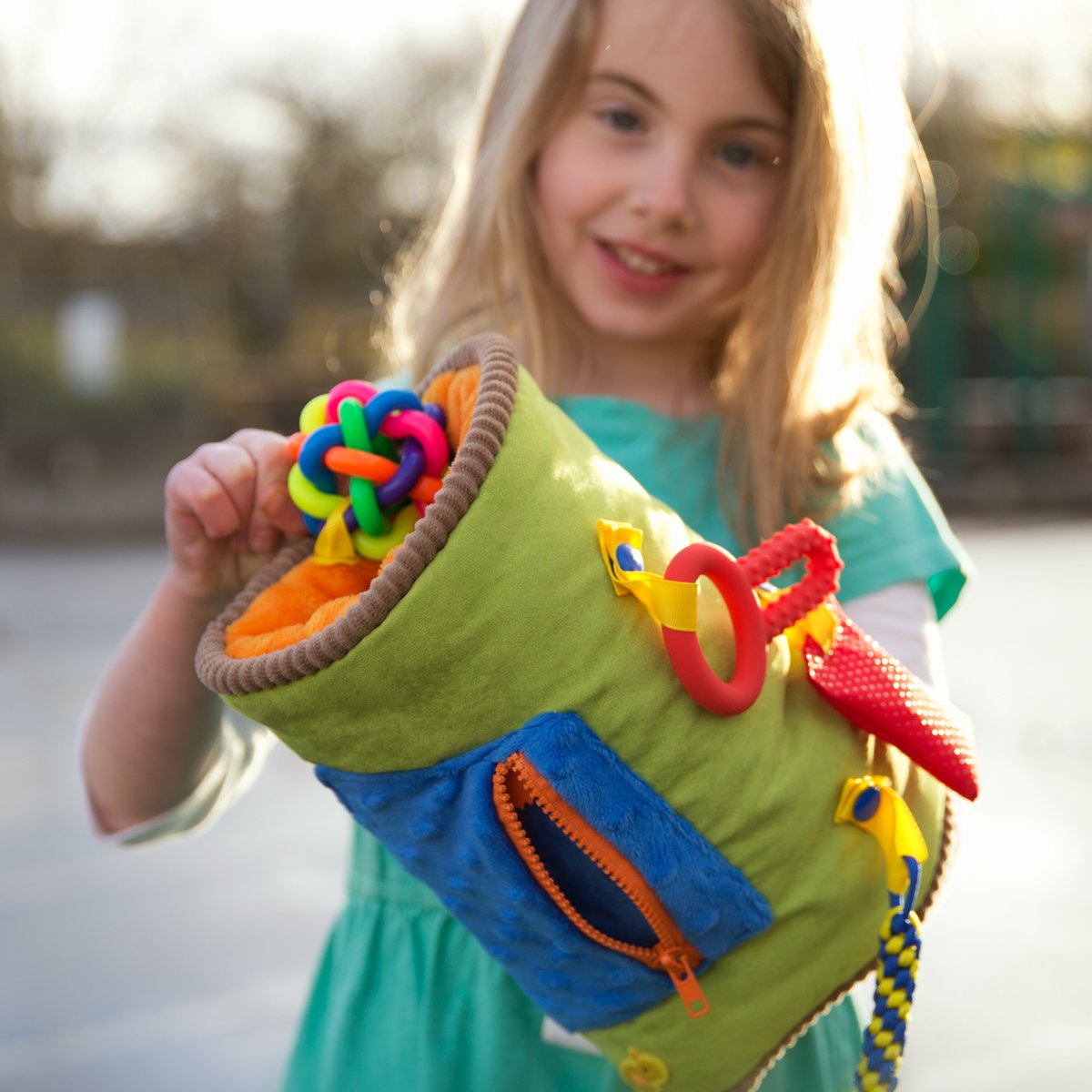
AUTISM, EARLY INTERVENTION, AND ABA THERAPY
We had the opportunity to interview Alex Benton, an applied behavioral analysis therapist who works in a clinic located in Portland that focuses on early intervention for children with autism. She provided excellent insight on processes used to overcome some of the challenges that can come with having autism, and how every kid is in their own unique place on the spectrum. She emphasized that every clinic has varying methods of treatment as children have different symptoms and behaviors. Thank you, Alex, for your time and expertise!
Where do you work?
I work at a clinic for children with autism that focuses on early intervention. We do ABA (applied behavior analysis) therapy for mainly lower–functioning kiddos with autism.
What is the age range of the kids you work with?
The kids that come into our clinic are between 0 and 9-years-old. The average kid will come in around 2-years-old and the majority of kids we work with are 3 and 4-years-old.
What do you do on a day to day basis?
Every day varies, but I normally start my morning with group exercises with little kids ranging from 2-3 years old. We do regular preschool activities like arts and crafts and go outside. We like to do different motor activities as well as encourage social and peer play.
Around lunch time I will either be sitting with a group of kids encouraging social interaction and discussion or doing a one-on-one session. My one-on-one sessions are spent with kids with feeding disorders who either only eat a certain type of food or only in a specific environment. We try to gradually make them more comfortable eating a wider variety of foods and break those limiting habits. For example, one child would only eat potatoes, so we started offering him other foods that looked similar and he was able to slowly change his eating habits from there.
In the afternoon I will be doing one-on-one sessions focusing on individualized treatment plans. The treatment plans center around everyday skills and processes that kids need help developing such as getting dressed, brushing teeth, and toileting. We will also do fine motor and gross motor exercises depending on what the child needs to improve on. Fine motor skills will include things like tying shoes and buttoning shirts, and gross motor skills include activities like walking and yoga.
Do you have any methods to keep the kids you work with calm and content?
When kids are tantruming or in emotional distress we work on self-regulatory skills like taking deep breaths, doing yoga, or getting them to verbally express their emotions. Sometimes kids respond well to being held and hugs, which we are allowed to do because it will calm them down and make them feel comfortable.
We have safety care plans for kids with self-injurious behavior such as hair-pulling or repeatedly banging their head against a wall. For those more critical situations we will follow our protocols and procedures set in place.
Do you take any measures to limit the amount of sensory stimulation in the environment?
Our goal is to desensitize kids who are sensitive to certain stimuli. Through my experience the main stimuli that kids are sensitive to are noisy rooms and being around a lot of people. For these kids we might take them into a noisy room or outside for a short period of time and gradually try to stay in these rooms and environments for longer periods of time. People with autism will regulate their own contentedness in certain situations through STIMMing (Self-stimulatory behavior) such as blinking really fast, spinning in circles, and repetitive hand movements. We are trained to extinguish these behaviors, but this is controversial because it is something that these kids find helpful and something that everyone does to some degree. I think that we all need to be more accepting of neurodiversity and the behaviors that come with that.
Is there ever any conflict between kids? What methods do you have of resolving or mitigating conflict?
We will see some conflict between the older kids who might be fighting over a toy or having a disagreement. We work with them a lot on how to be flexible, communicate, and share. I think they engage in conflict with therapists more often because we are the ones telling them what to do.
Do you do any social interaction/ communication exercises?
Yes, we will play a lot of traditional kids’ games like Hot Potato and Ring Around the Rosie. We will also do outdoor activities like obstacle courses and group walks. When we are walking around outside we will play I Spy and talk about things we notice and see. Some of the lower-functioning kids can’t talk so we teach everyone a little bit of sign language which is really important so everyone can be and feel included.
What other kinds of professionals do you work with on a daily basis?
I work with other ABA therapists, occupational therapists, and SLPs (speech language pathologists). We will often also be in touch with primary care physicians and teachers. Sometimes therapists will go to school with the kids to meet their teachers and better understand their behavior in public.
If you could give someone advice who is starting work as an ABA therapist what would it be?
Be patient. It is not an overnight process. If you are not a patient person this field is not for you.


Leave a comment